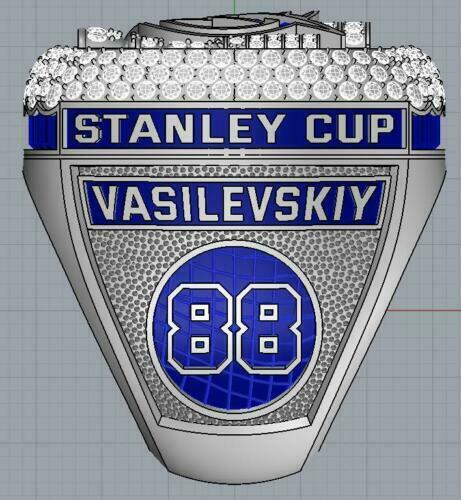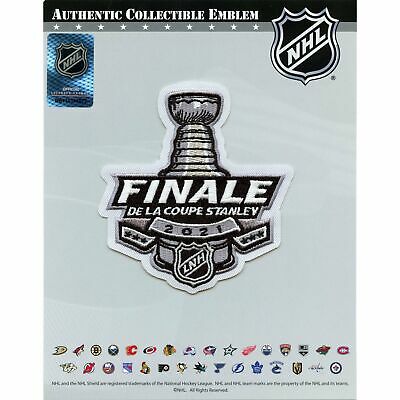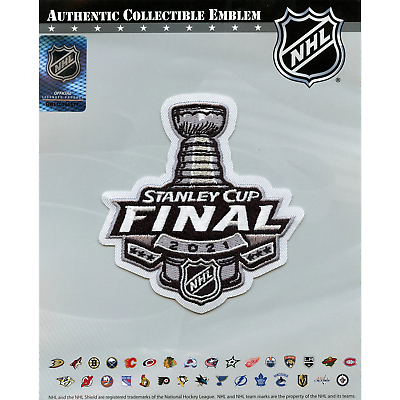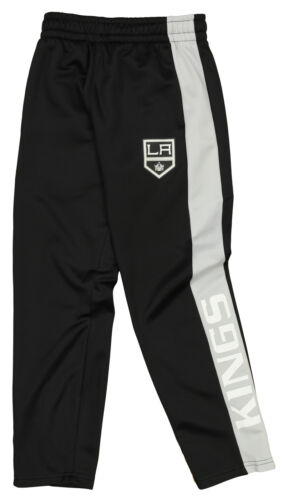-40%
2021 Tampa Bay Lightning NHL CHAMPIONSHIP RING Set With Box Hot
$ 11.61
- Description
- Size Guide
Description
2021 Tampa Bay Lightning NHL CHAMPIONSHIP RING Set With Box HotSHIPPING (PLEASE ALL BUYERS READ CAREFULLY)
- Delivery time 10-15 business days (US)
We have representative offices in USA, however due to high demand in the US, also internationally and because we want to have our rings in all sizes available for our customers all the time we are shipping them straight from our jeweler overseas. This way we provide more options and keep the prices lower.
We understand that time is a disadvantage but also this way we keep the prices affordable, offer more options and more sizes, reaching out more fans that never had the chance. So please we ask for your understanding a patience. Thanks Again
In the late 1980s, the NHL announced it would expand. Two rival groups from the Tampa Bay Area decided to bid for a franchise: a St. Petersburg-based group fronted by future Hartford Whalers/Carolina Hurricanes owners Peter Karmanos and Jim Rutherford, and a Tampa-based group fronted by Phil Esposito and his brother Tony, both members of the Hockey Hall of Fame. One of the Esposito group's key backers, the Pritzker family, backed out a few months before the bid, to be replaced by a consortium of Japanese businesses headed by Kokusai Green, a golf course and resort operator. On paper, it looked like the Karmanos/Rutherford group was better financed, but it wanted to pay only million before starting play. In contrast, the Esposito/Kokusai Green group was one of the few groups willing to pay the full million expansion fee up front.[5] The Esposito group would win the expansion franchise on December 6, 1990,[6] and name the team the Lightning, after Tampa Bay's status as the "Lightning Capital of North America."
Phil Esposito fronted an ownership group that was later awarded an NHL franchise in 1992.
Phil Esposito installed himself as president and general manager, while Tony became chief scout. Terry Crisp, who played for the Philadelphia Flyers when they won two Stanley Cups in the mid-1970s and coached the Calgary Flames to a Stanley Cup in 1989, was tapped as the first head coach. Phil Esposito also hired former teammates from the Boston Bruins of the 1970s, including former linemate Wayne Cashman as an assistant coach and former Bruin trainer John "Frosty" Forristal as the team's trainer. The inaugural team photo has him flanked by Cashman and player Ken Hodge, Jr., son of his other Bruins' linemate.
The Lightning played their first preseason game in September 1992 against the Minnesota North Stars, and then turned heads later that preseason when Manon Rhaeume became the first woman to play in an NHL game, which also made her the first woman to play in any of the major professional North American sports leagues. She played for the Lightning against the St. Louis Blues, and stopped seven of nine shots.[7][8]
The Lightning played their first regular-season game on October 7, 1992, in Tampa's tiny 11,000-seat Expo Hall at the Florida State Fairgrounds. They shocked the visiting Chicago Blackhawks 7–3 with four goals by little-known Chris Kontos. The team shot to the top of the Campbell Conference's Norris Division within a month, behind Kontos' initial torrid scoring pace and a breakout season by forward Brian Bradley. However, it buckled under the strain of some of the longest road trips in the NHL—their nearest division rival, the Blues, were over 1,000 miles (1,600 km) away—and finished in last place with a record of 23–54–7 for 53 points. This was, at the time, one of the best-ever showings by an NHL expansion team. Bradley's 42 goals gave Tampa Bay fans optimism for the next season; it would be a team record until the 2006–07 season.
The following season saw the Lightning shift to the Eastern Conference's Atlantic Division, as well as move into the Florida Suncoast Dome (a building originally designed for baseball) in St. Petersburg, which was reconfigured for hockey and renamed the "ThunderDome."[9] The team acquired goaltender Daren Puppa, left wing goal scorer Petr Klima, and veteran forward Denis Savard. While Puppa's play significantly improved in goals allowed (from 332 to 251), Savard was long past his prime and Klima's scoring was offset by his defensive lapses. The Lightning finished last in the Atlantic Division in 1993–94 with a record of 30–43–11 for 71 points. Another disappointing season followed in the lockout-shortened 1994–95 season with a record of 17–28–3 for 37 points.











